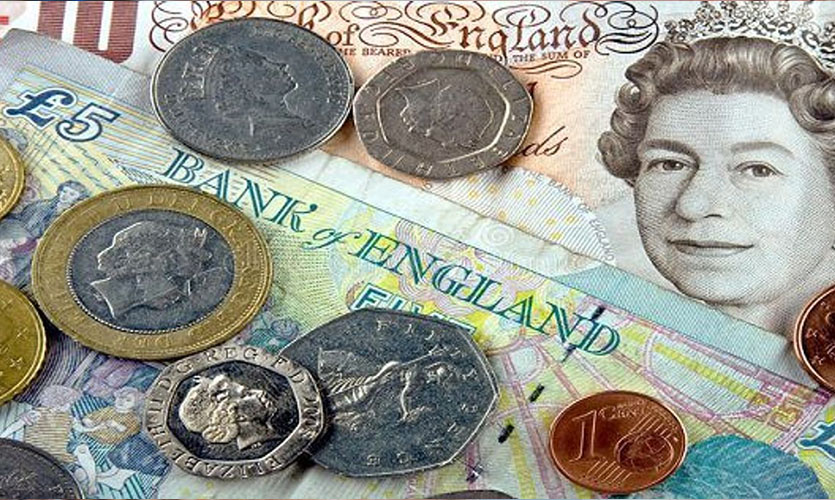Queen Elizabeth II’s death has left a void in her people’s lives. Many things have already altered since she passed away, and many more related to her reign will need to change once the new king takes over. The picture, symbols, and iconography of the monarch appear on coins, banknotes, stamps, flags, and passports.
In principle, according to the Guardian, one of the most basic modifications will be changing the wording of the national anthem from “God save our gracious Queen” to “God save our gracious King”, but it may take some time before big audiences confidently chant the new version. The anthem has been in use since 1745, when an early version began with the words: “God save glorious George our king, Long live our noble monarch, God save the king.”
The Commonwealth
The Queen’s death comes at a perilous time for some of Britain’s Commonwealth countries, 14 of which recognised the queen as their head of state. In many cases, national constitutions clearly specify that Queen Elizabeth II is the head of state. The constitutions of these nations will need to be modified to refer to her successor. According to Commonwealth analysts, these constitutional reforms will also need a referendum in nations such as Jamaica, which has a strong republican movement, and Belize. This is projected to bring about a period of political risk for the newly crowned King Charles III, who may face the loss of another important section of the Caribbean Commonwealth since Barbados became a republic in 2021.
Questions are also likely to arise in Papua New Guinea, the Solomon Islands, Tuvalu, Antigua and Barbuda, the Bahamas, Grenada, Saint Kitts and Nevis, Saint Lucia, and Saint Vincent and the Grenadines, about whether the new monarch can lawfully appoint a governor-general if the relevant country’s constitution has not been changed to refer to him and continues to refer to Queen Elizabeth as head of state.
The queen’s name is also woven into a slew of other laws that will need to be redrafted, which will be neither easy nor inexpensive, especially for smaller nations that do not have their own legislative drafters. Among the constitutional monarchies, Australia, Canada, and New Zealand have provisions in place to ensure that the new monarch takes over as head of state immediately.
Currency
There are 4.5 billion sterling banknotes in circulation with the Queen’s face on them, totalling to £80 billion. Replacing them with substitutes displaying the future monarch’s head is expected to take at least two years. When the Queen ascended to the throne in 1952, she was not depicted on banknotes. That changed in 1960, when her visage began to appear on £1 notes in a picture designed by banknote designer Robert Austin. Some criticised it as being overly stern. The Queen’s head also appears on some $20 banknotes in Canada, coins in New Zealand, and all coins and notes issued by the Central Bank of the Eastern Caribbean, and some other Commonwealth countries. If historical precedent is followed, coin designs may change more slowly; it was usual to have different monarchs in your wallet since currency changeover happened naturally rather than by recall. Buckingham Palace will agree on a portrait of the new monarch for this purpose.
Prayers
The Queen was the Church of England’s “defender of the faith and supreme governor” and there are prayers to her in the Book of Common Prayer that dates from 1662. One prays to God to “replenish her with the grace of thy Holy Spirit, that she may always incline to thy will, and walk in thy way”. These words will be altered to become prayers for the future ruler. This can only be done by law or a royal warrant, and was last done when the Queen Mother passed away. Priests can also modify the prayer for temporary usage, which means that prayers for the monarch, which are usually offered during Sunday services and evensong, can be immediately modified to the new defender of the faith. There is a “collect” for the sovereign in common worship services that requests God to “rule the heart of thy chosen servant Elizabeth, our Queen and governor, that she may above all seek thy honour and glory”. The General Synod has the authority to amend this.
Flags, Post Boxes And Stamps
Thousands of flags branded with EIIR will need to be changed, from those flying outside police stations throughout the UK, to the standard ones used on a navy ship when a general is on board. Military regiments fly the “Queen’s colours”, many of which are embroidered with a golden EIIR; the fire service ensign includes her initials; and countries where the Queen remains head of state have “E flags” – personal flags for the Queen that are used when she visits.
The royal standard, the quartered flag that flies whenever the king is in residence, may also be altered. The Queen’s version includes one quarter for Scotland (a lion rampant), one for Ireland (a harp), and two for England (three lions passant), but none for Wales. It was in use long before Wales had its own national flag, which was recognised in 1959. The future monarch may include a Welsh element.
Postboxes with Queen Elizabeth II’s royal cypher ‘ER’ are unlikely to be demolished, although some bearing King George VI’s GR cypher are still in use today, even after 70 years. The post office, on the other hand, will use a profile image of King Charles III on its stamps.
Read more: “London Bridge Is Down”: Queen Elizabeth II Has Died At Balmoral, Aged 96










